Learn How to Prevent Infections and Ensure Proper Functioning of Life-Saving Devices
Mechanical ventilators are essential in healthcare settings, providing life support to patients who are unable to breathe on their own. However, these devices can become contaminated with harmful pathogens, making it crucial to clean and disinfect them thoroughly. Proper cleaning and disinfection of mechanical ventilators can help prevent the spread of infections among patients and healthcare workers. In this article, we will provide step-by-step instructions and guidelines for effective cleaning and disinfection of mechanical ventilators.
Pre-Cleaning Procedures:
Before starting the cleaning process, it is crucial to shut down the mechanical ventilator and disconnect it from the power source to avoid electrical hazards. Any removable parts, including tubing, filters, masks, and humidifiers, should be removed and disinfected separately to ensure a thorough cleaning process. This ensures that no component of the ventilator is overlooked.
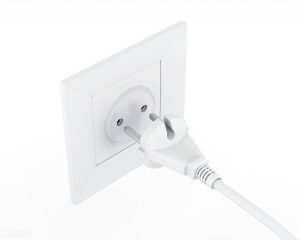
Cleaning Procedure:
The cleaning process involves using a suitable cleaning agent that can effectively remove dirt, dust, or other contaminants from the surfaces of the mechanical ventilator. Non-abrasive, non-corrosive, and compatible cleaning agents should be used to avoid damage to the machine's surfaces. A soft cloth or sponge can be used to apply the cleaning agent gently. The cleaning agent should be applied to all surfaces of the ventilator, including the control panel, buttons, knobs, and switches. Care should be taken to avoid getting any liquid in the ventilation system, which can cause damage to the machine.
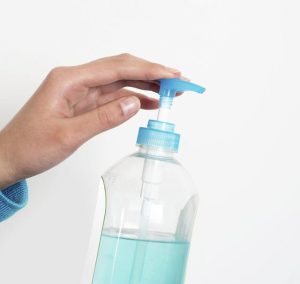
Disinfection Procedure:
After cleaning, the mechanical ventilator should be disinfected to kill any remaining bacteria, viruses, or fungi. A disinfectant solution that is effective against a broad range of microorganisms should be used. The disinfectant solution should be applied to all surfaces of the ventilator using a clean cloth or sprayer. It is essential to follow the manufacturer's instructions on the dilution of the disinfectant solution and the appropriate contact time required for the disinfectant solution to be effective. The contact time can vary depending on the type of disinfectant used, so it is essential to follow the instructions carefully.
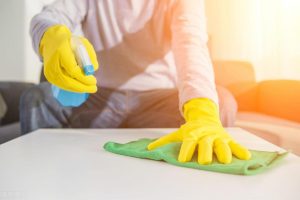
Post-cleaning Procedures:
After cleaning and disinfecting the mechanical ventilator, it is essential to allow it to dry completely before use. The ventilator should be stored in a clean, dry, and dust-free area to prevent recontamination. All removable parts should be reassembled and disinfected before use. It is essential to follow the manufacturer's instructions for reassembling the ventilator to ensure that it is functioning correctly.
Safety Precautions:
Cleaning and disinfection procedures can be hazardous if not done correctly. Therefore, it is crucial to follow safety precautions to protect the staff performing the cleaning and disinfection procedures and anyone else in the vicinity. Personal protective equipment such as gloves, masks, and gowns should be worn to prevent exposure to harmful chemicals or microorganisms. Adequate ventilation should be provided to prevent exposure to fumes or vapors. Moreover, staff should be trained and knowledgeable about the proper cleaning and disinfection procedures.
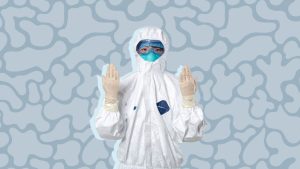
Maintenance:
Regular maintenance and inspection of mechanical ventilators are essential to prevent contamination and ensure proper functioning. The manufacturer's instructions for maintenance and inspection should be followed closely. Filters should be replaced regularly to prevent the buildup of contaminants. The ventilation system should be inspected for any signs of wear or damage. Any malfunction or damage to the ventilator should be reported immediately to the manufacturer or service provider.
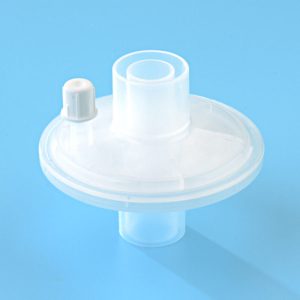
Conclusion:
The proper cleaning and disinfection of mechanical ventilators are essential to prevent the spread of infections in healthcare settings. The process involves pre-cleaning procedures, cleaning procedures, disinfection procedures, post-cleaning procedures, safety precautions, and maintenance. Staff should be well-trained and knowledgeable about the proper cleaning and disinfection procedures. By following these guidelines, mechanical ventilators can be kept clean, disinfected, and functioning correctly, ensuring the best possible outcome for the patients who rely on them.